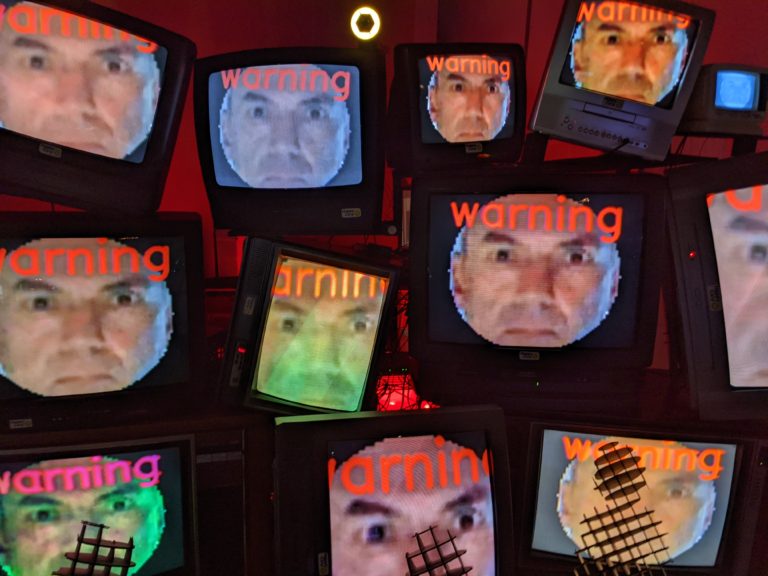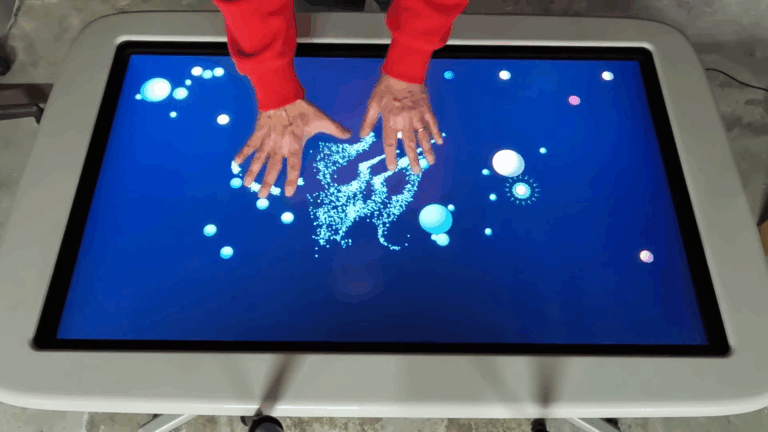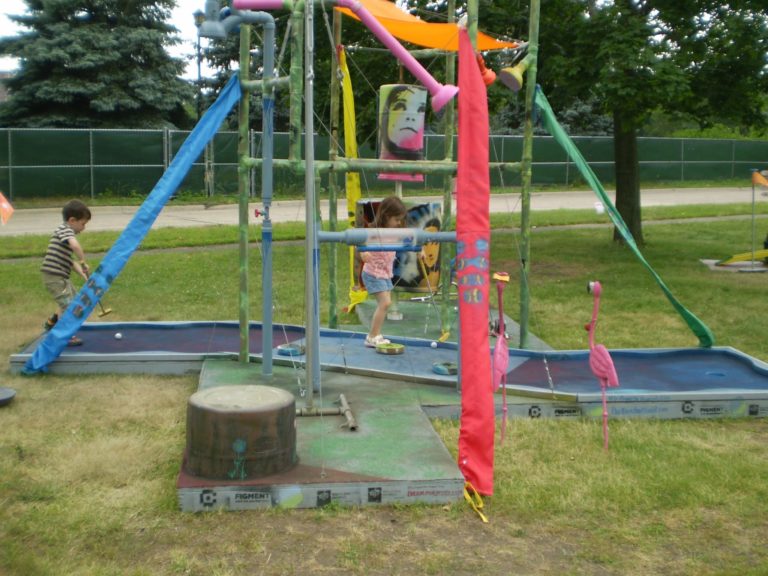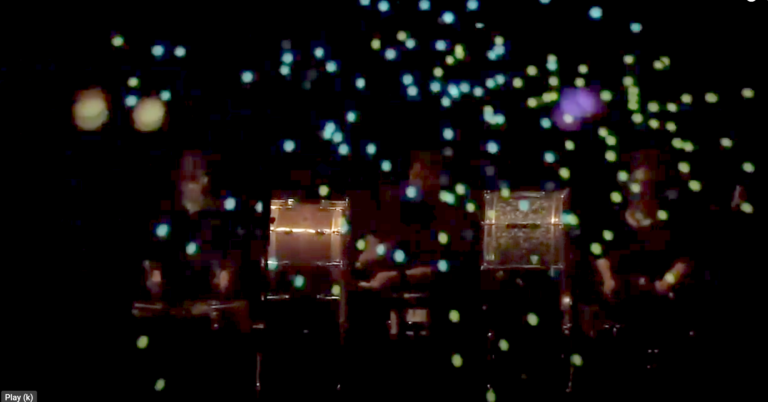SoundScratch
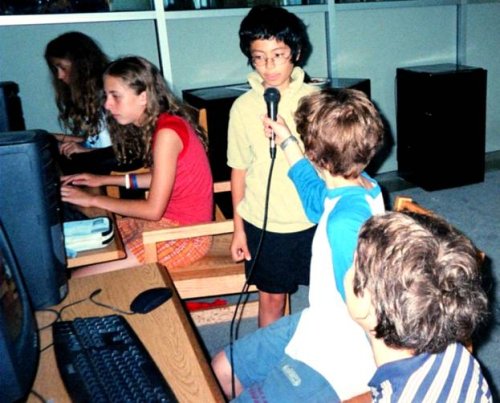
SoundScratch, a part of my MIT Master’s Thesis, is a set of extensions I wrote to manipulate audio in a children’s programming language called Scratch. The environment emphasizes the expressive capabilities of sound through the act of creation and design. It is biased toward digital sound manipulation as a personal, meaningful and fun artistic endeavor, rather than as a venture into mathematical, electronic or networking relationships.
Lead by their own curiosity, children can design their own sounds by exploring SoundScratch. In doing so, they will indirectly learn a great deal about networks, mathematics and hardware synthesizers and sequencers.
SoundScratch is intended to shift the child’s focus from the product of creation to the process of creation. Audio processing was written in Csound.

